Gardening
A NSFW Mushroom

I started enjoying fungi when I stopped worrying about if they were edible or not. Now I just enjoy looking at them (and occasionally eating chicken of the woods, the only one I feel confident enough to identity).
This weekend in Pomona I spotted the notoriously NSFW stinkhorn mushroom which I’m pretty sure is Phallus hadriani. It fruits quickly with the tip oozing a slimy substance attractive to insects. I witnessed a pill bug and some gnats circling the morel-like tip. Stinkhorns use these insects to distribute spores. In short, a very cool mushroom in a horror movie kind of way.
Japan Continued . . .
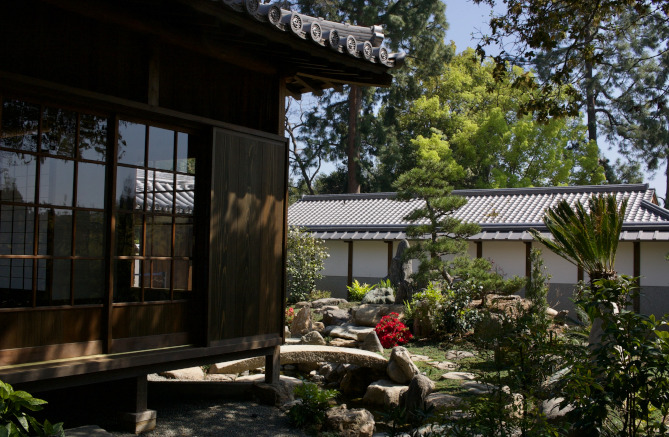
More pictures from our trip to Japan?
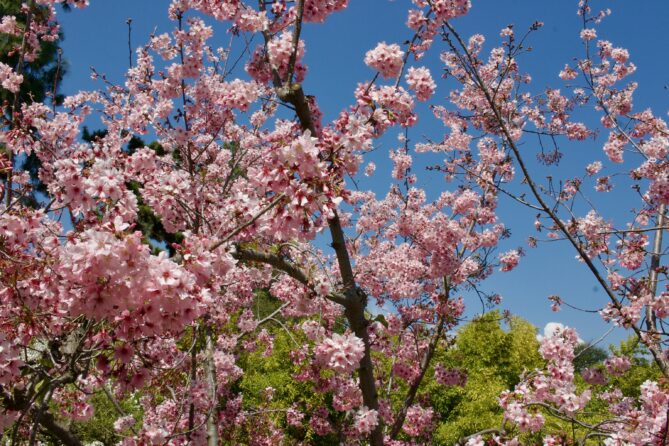
Did we experience Sakura season?
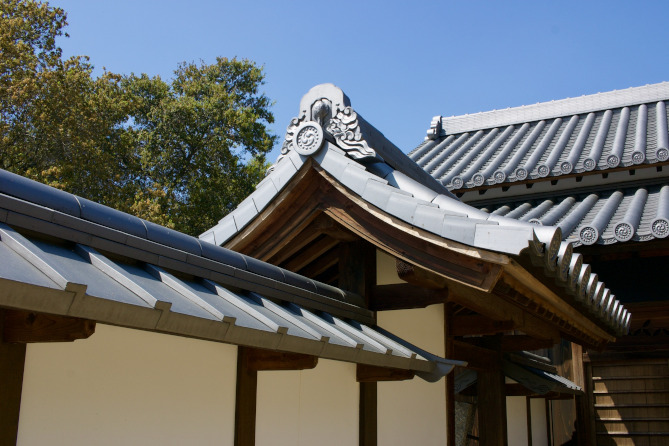
This is actually the Huntington Gardens in San Marino, a 20 minute drive from our house. And you should go now if you’re here in SoCal. The Chinese garden, in particular, is popping with flowers, calligraphy demos and live music. And there’s a newish historic building relocated from Japan that’s been meticulously restored and landscaped. This was the perfect way to ease ourselves back from vacation.
Make Your Own Landscape Lighting
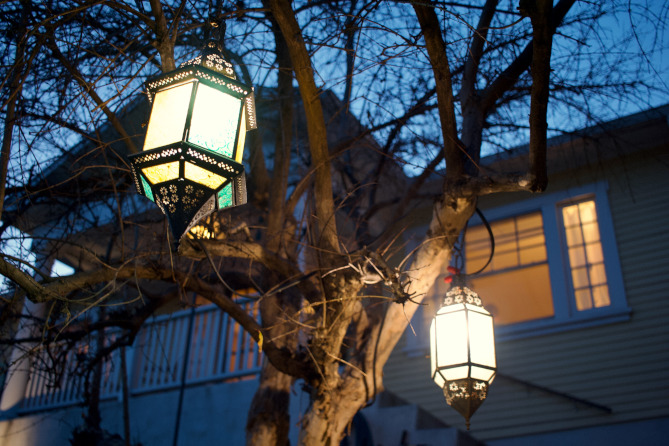
There’s two kinds of 12 volt landscape lighting: cheap, ugly and flimsy or expensive and durable. You can find the cheap stuff at the big retailers and the expensive stuff at specialty retailers that cater to professionals. I’ve always been dissatisfied with the cheap stuff but I’m also unhappy with the pro lighting, which tends to have a overly sleek Dwell Magazine type vibe.
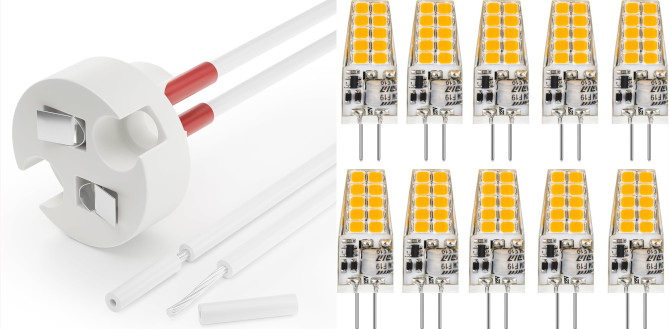
We had some unused Moroccan style lamps laying around and I figured out that I could wire them into our existing 12 volt system by implanting them with some G4 light sockets and G4 LED bulbs that I picked up on Amazon. It was a simple project to install the socket and seal up the top of these two lamps with some silicon caulk. I hung the lamps in our pomegranate tree and wired them into the system which is set on a timer to turn on at sunset and go off a few hours later.
I placed these lights to help illuminate the treacherous and irregular 1920s staircase leading up to the house. I also have a few pro style downlights along the stairs and another light hanging over the entrance arbor.
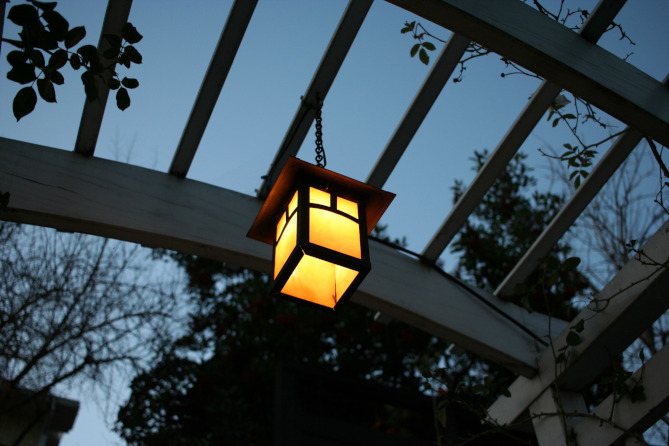
The entrance arbor light was a 12 volt path light that I turned into a hanging light.
In general I like to keep outdoor lighting to a minimum as it’s not good for insects and birds. I use outdoor lights only where necessary, in this case to prevent staircase accidents, and I run them only during the hours they are likely to be needed. We need to embrace the night not try to hold it back.
That said, I’m happy with this DIY effort and plan on making some more lights with some of the metal cutting skills I’ve picked up doing inlay work on a bed project. More on that in a future post when I get that bed done.
The Rain Got Real
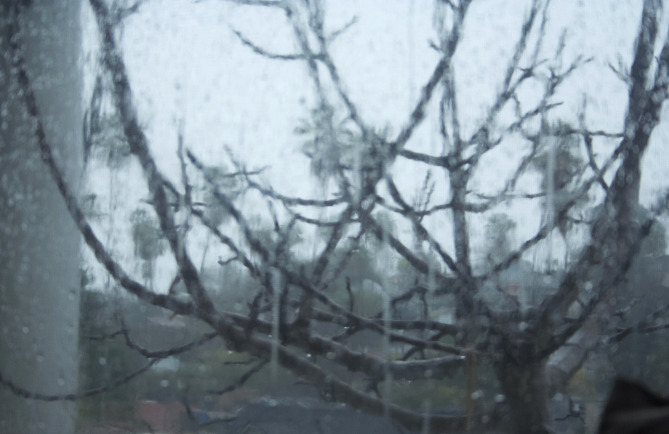
Our home city of Los Angeles is in the news for a series of heavy hitting winter storms. While we’re on high ground and in no danger of flooding, our under-framed old house made ominous creaking sounds throughout the night.
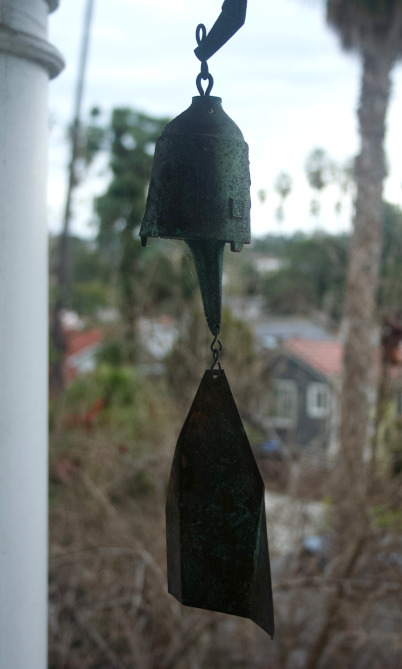
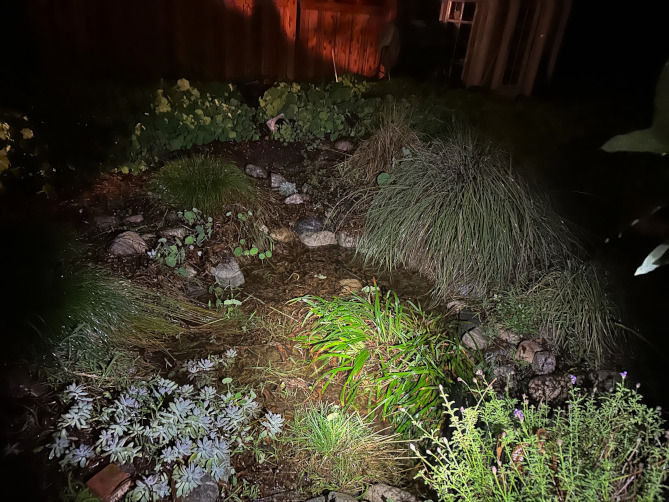
I checked on our rain garden late last night (excuses for the bad photo) and the water level was the highest I’ve ever seen it. The rain garden gets all the water from one half of our roof which I calculate to have been about 1,500 gallons of water in the last 24 hours.
To briefly get back to the Žižek book I rambled about last week, I was reminded of Lacan’s notion of the “Real”, that which is unrepresentatible, unthinkable. Subjects such as our own deaths and climate change fall into the category of the Real. The incomprehensibility, the challenge of forming symbols or language around climate change and the hard choices we face in the future are why it is so difficult to understand and discuss this issue. Five inches of rain in one night in Los Angeles ain’t normal. It calls for a response outside of our current symbolic system. Welcome to the New Real.